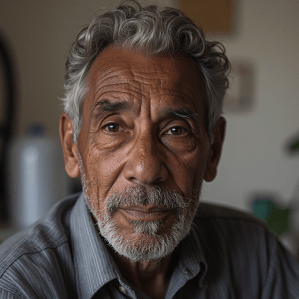A new study highlights a growing divide in cardiovascular health in the United States, showing that wealth and education play a significant role in heart disease risk. Led by Salma Abdalla, an assistant professor of public health at Washington University in St. Louis, the research reveals that the top 20% of high-income, college-educated Americans have far lower rates of cardiovascular disease than the rest of the population. These disparities have widened over the past two decades.
Cardiovascular disease (CVD) remains the leading cause of illness and death in the US, but this emerging research highlights diverging trends. The remaining 80% of the population continues to face higher risks, reflecting the nation’s growing income gap. Despite the US spending more on healthcare per person than any other high-income country, outcomes continue to lag behind, particularly for those with lower incomes and less education. Life expectancy for the richest 1% of Americans is now 10 years higher than for the poorest 1%.
The study analyzed 20 years of data from nearly 50,000 adults who participated in the National Health and Nutrition Examination Survey between 1999 and 2018. Participants were grouped by income and education. Researchers examined the prevalence of four major cardiovascular conditions: congestive heart failure, angina, heart attack, and stroke. Statistical models showed that low-income non-college graduates had significantly higher odds of these conditions compared with their wealthier, college-educated peers.
The findings suggest that income and education play a complex role in shaping heart health, with future studies needed to examine their interaction. Addressing these disparities requires targeted interventions to improve access to healthcare and promote heart-healthy behaviors among disadvantaged groups.
See: “There’s a Growing Heart Health Divide in the US” (April 20, 2025)



